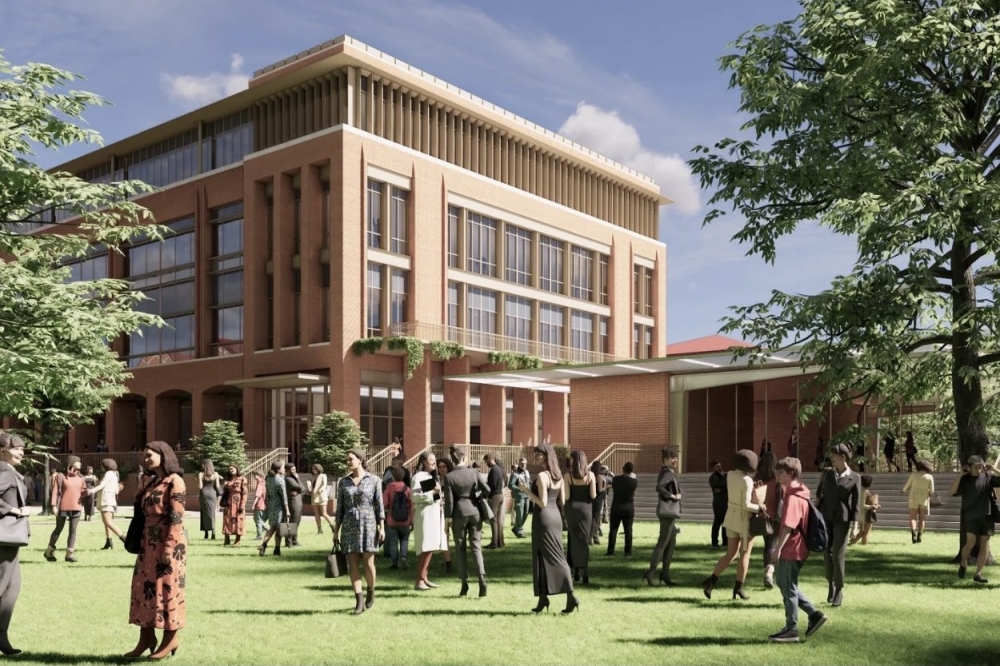A closer look
According to an April 21 news release, five years ago, Rice's undergraduate population was around 4,000, intending to grow to 4,800 undergraduates by 2028. However, the university recently extended its growth trajectory to approximately 5,200 undergraduate students by 2028, a number that amounts to an approximately 30% increase since 2020. Rice officials are also looking to increase the current graduate population of 4,100 to 9,500 students in the next four years.
“This planned pace of our growth makes Rice one of the most ambitious and fastest-growing institutions in the country among our private peers,” Rice University President Reginald DesRoches said in the release. “As we expand access, we are committed to preserving what makes Rice special—the culture of care, a commitment to excellence, low student-to-faculty ratio and our close-knit community."More details
Rice executives partly chalk up the ramped up interest in the private institution to The Rice Investment. The signature financial aid program, which launched in 2019, grants families with income levels at or below $75,000 to $200,000 with grants to cover either full tuition and fees or half tuition, depending on the total income and assets.
- $75,000 and below: full tuition, fees, room and board
- $75,000 to $140,000: full tuition
- $140,000 to $200,000: half tuition
- $200,000 to $300,000: receive aid
According to the university's website, in the 2023-24 academic year nearly $152 million in grant aid was awarded, with more than half of Rice undergraduates receiving some level of financial aid. Rice is anticipating surpassing $1.5 billion in financial aid in the next five years.
The Rice Investment is funded in part by the university's endowment, as well as donations. However, in a December article, Rice officials said they are in the process of raising money to sustain the program.

Rice's growth plan also includes expanding its graduate programs, which, according to the release, have already grown 18% since 2020. To support the expansion, the university is planning to build new graduate housing in the Ion District in midtown.
Rice has also opened several new buildings in the last five years, such as the Cannady Hall for Architecture in December, a 22,000-square-foot facility that serves as a research and exhibition space for architect majors, and the Ralph S. O'Connor Building for Engineering and Science in 2023, a 250,000-square-foot space with 50 labs, two classrooms and a cafe.
The university also broke ground on a new business school building in May. The $54.5 million building for the Jones Graduate School of Business will feature state-of-the-art classrooms, modern office spaces, dining areas and open gathering spaces. According to the Rice website, the project is slated to welcome students in spring 2026.
Other projects in the works include:
- Susan and Fayez Sarofim Hall: The new home for arts education will feature a new cinema, performance lab spaces, adaptable classrooms and a workshop. It is anticipated to be complete by this fall.
- Moody Center Complex for Student Life: The 75,000-square-foot building will serve as a dynamic hub for student activities with a cafe, meeting room and study areas. The $115 million project will break ground in May and is scheduled for completion by fall 2027.





